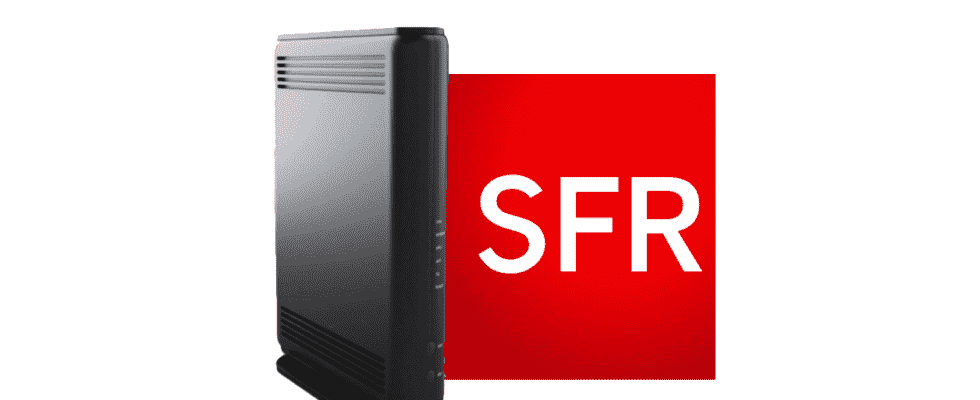Less than three years after launching the first Internet box compatible with Wi-Fi 6, SFR* created a surprise by launching a new box with the utmost discretion. The SFR Box 8X is therefore intended to take over from the SFR Box 8. No press conference with great fanfare, as with Free, but a simple press release to present this new product. We understand better why when we look at its characteristics. It is in fact a simple evolution of the SFR Box 8.
A more efficient fiber standard
The main change and the great strength of this new modem lies in its fiber optic technology. SFR is abandoning G-PON to switch to XGS-PON, a high-performance standard adopted in 2017. We knew that the operator had been testing for a long time and preparing a box with it. He had already communicated on throughput records in his laboratories from 2018.
Instead of the 2 Gbits/s shared in download and 500 Mbits/s in upload that SFR offered with the Box 8, it is now a question of providing 8 Gbits/s of shared downstream speed. However, the box only has four Gigabit Ethernet ports. They will not allow you to connect a computer or a router to really take advantage of the advertised speeds. To do this, and this is a little curious, it will be necessary to take the step, before delivery, to specifically request an SFP module from SFR, and thus access a fifth 10 Gbit/s port.
It’s all the more unfortunate that manufacturers of consumer networking hardware are increasingly beginning to integrate 2.5 Gbit/s or even 10 Gbit/s Ethernet ports in their mid-range and high-end products. No doubt this choice of SFR should be seen as the result of an economic equation.
Also see video:
Reduced upstream flows
There is, however, a small disappointment. While this fiber technology theoretically makes it possible to obtain symmetrical speeds, SFR has chosen to restrict the upstream speed in its commercial offer, as can be seen on its official website where it announces an upload at only 1 Gbit/s .
It’s a shame since it’s a point that would have allowed it to differentiate itself from Free. The operator founded by Xavier Niel was indeed the only one until then to offer theoretical 8 Gbit / s with its Freebox Delta, but with the 10G-EPON standard, which is asymmetrical, and dates from … 2009.
Apart from that, the case remains strictly the same and in particular its design, which is not its best asset. It’s a compact, austere black case that sits vertically. It retains Wi-Fi 6, a USB-C port, 1 GB of Ram memory and 8 GB of storage. The TV box does not change and remains the one presented in 2019.
* 01net.com is published by a subsidiary of NextRadioTV, itself owned by Altice Media
